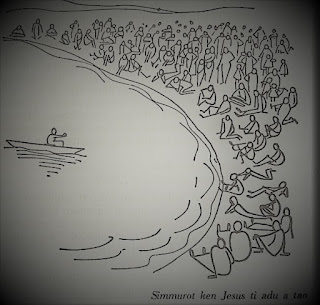The Supplementary Hypothesis
Unlike the Documentary Hypothesis, the Supplementary Hypothesis proposes that the text grew through time by the accretion or inclusion of smaller parts rather than unique, complete sources.
According to this idea, the Pentateuch evolved gradually through a series of expansions and modifications, with different authors and editors adding content to the existing text. These redactional expansions or additions (or Fortschreibung in German) could be stories, laws, genealogies, or other literary components. In contrast to the Documentary Hypothesis, the Supplementary Hypothesis focuses on the cumulative expansion of the text through successive levels of composition.
It is important to note that the Supplementary Hypothesis does not necessarily deny the existence of the Documentary Hypothesis's proposed sources. Instead, it implies that the sources were not as distinct and complete as previously thought and that the composition process was more complex and gradual.
Example:
Leviticus 17-26 (or even 27) is conventionally called the Holiness Code (abbreviation H). The term "Holiness Code" was coined by August Klostermann (German: Heiligkeitgesetz).We find a collection of laws and ethical prescriptions that pertain to the Israelite practice of holiness.
This section is commonly regarded as a separate document or source from the Priestly Source (or P) because of its peculiar language and content. The command to be holy (“Be holy for I, the Lord your God, am holy,” in 19:3; cf. 20:7) is addressed to Israel as a whole not only to priests (except Lev 21). See the commentary of Jacob Milgrom, Leviticus 17-22: A New Translation with Introduction and Commentary, The Anchor Bible 3A (New York: Doubleday, 2000).
Other scholars today, however, challenge this theory that H is a separate source. They think that this section is a redaction expansion (“Fortschreibung”) of P.



Comments
Post a Comment